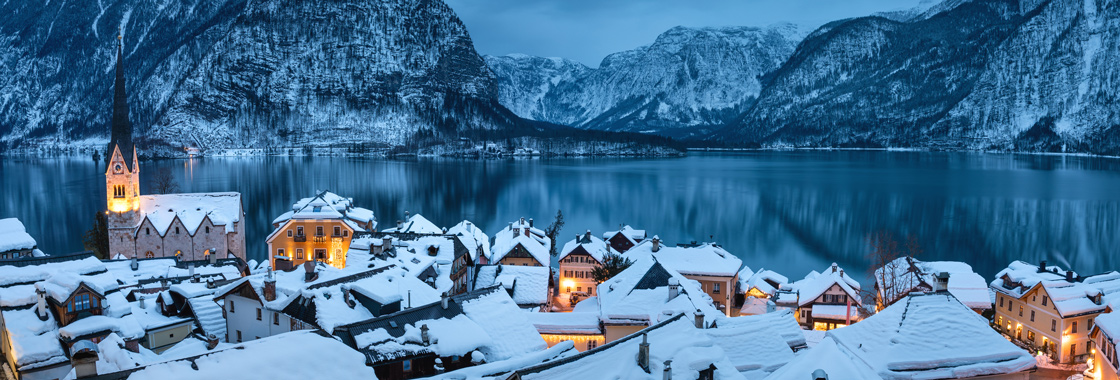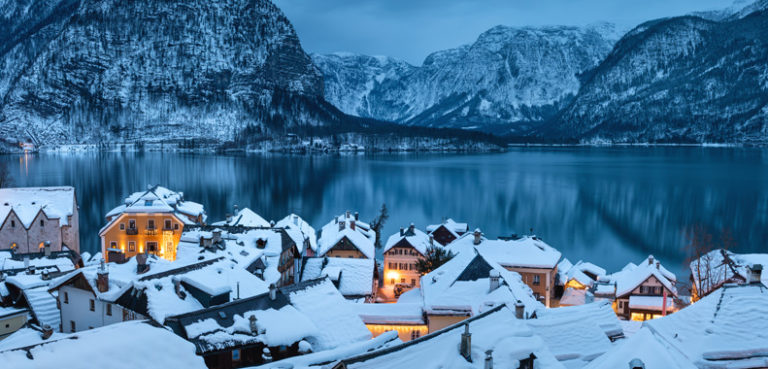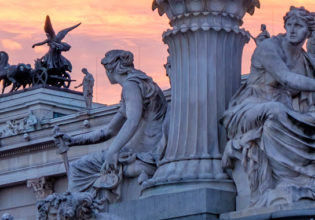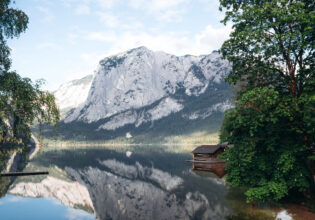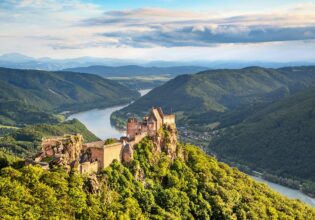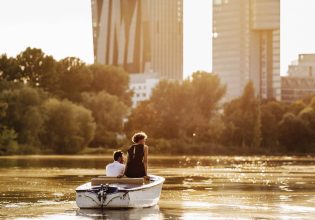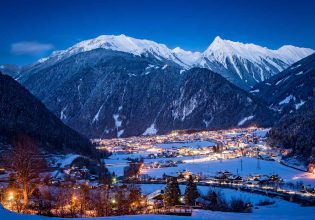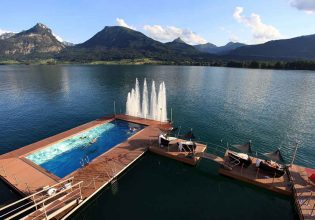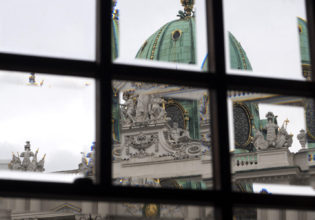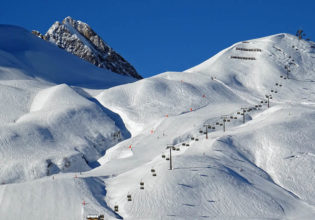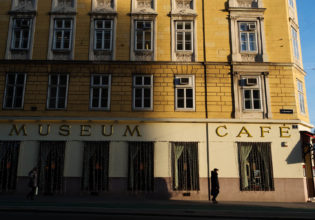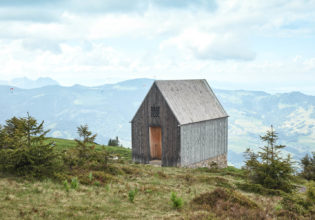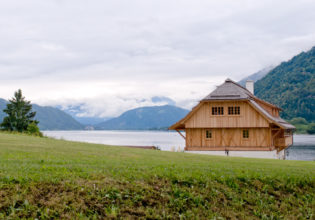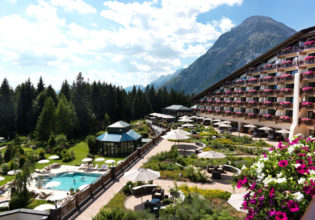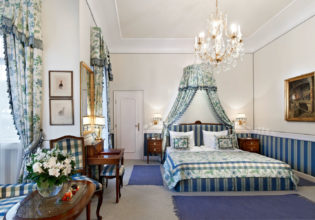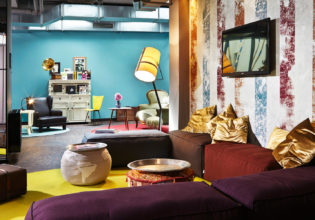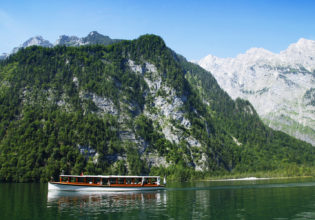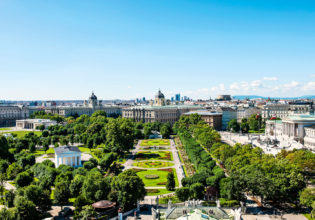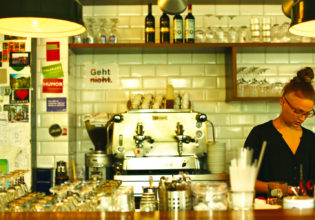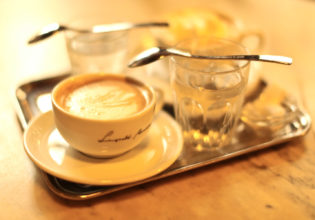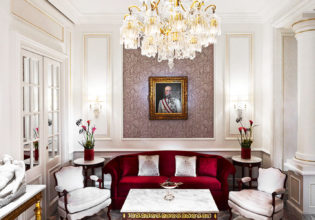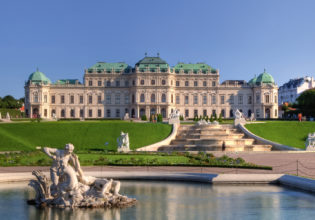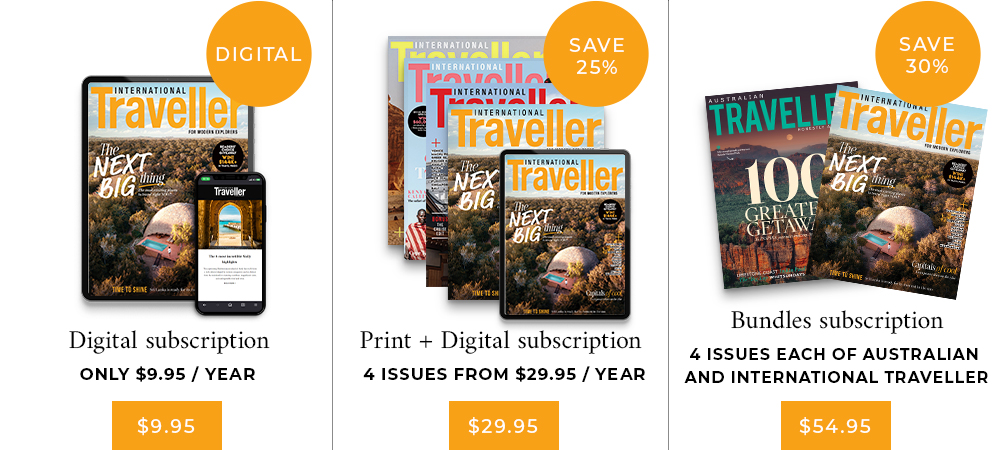Situated in the heart of Europe, Austria has seen many a traveller lured by the country’s stunning architecture, breathtaking nature (especially during ski season) and unique food and wine scene. Welcome to our Austria travel guide.
Dripping with history, capital city Vienna is part of most traveller’s Austrian itinerary.
Get your bearings by walking Vienna’s Ringstrasse. While many will argue that the grandeur of the Champs-Élysées can not be rivalled anywhere in the world, its hordes of tourists and crass retail make the Paris centerpiece an underwhelming experience. By contrast, the Ringstrasse has altogether more charm. A sophisticated marvel of modern civic planning, design and architecture, the Ringstrasse is unmatched in beauty and drama.
With a small tributary running through the city centre, the Donau (Danube) is a popular place to hang out in Vienna, especially during the summer months where there are a number of beach bars to enjoy.
Then there is Salzburg. This medieval Austrian city is dripping in Baroque architecture. It was the birthplace of Mozart and setting for The Sound Of Music. Walk around and take in the scenery of the historic Old Town, or if you want something a little more challenging walks up the hills Mönchsberg or Kapuzinerberg and enjoy the views over the city. There are also some outstanding local beers and breweries to be enjoyed in Salzburg and it’s a great place to experience an ice hockey match (or a traditional thermal spa).
The fairytale town of Hallstatt, nestled quietly in the Austrian Alps about one hour south of Salzburg, has been dubbed “Europe’s most adorable town”.
A day spent wandering around the World Heritage-listed town and market square, indulging in the astounding beauty of the architecture and the cute cafés dotted along the cobblestoned lanes will leave you slack-jawed.
If you’re travelling between Liechtenstein, Austria and/or Switzerland, Feldkirchen in Kärnten is worth a stop. This charming medieval town is home to an ancient 13th-century castle that sits atop a hill and houses a local history museum and a restaurant with views over the town.
If you want to get off the beaten track (and you’re a design buff) Voralberg should certainly be one of your stops. This lesser-known region celebrates craftsmanship in all forms.
Austria is also paradise for snow bunnies. In fact, St Anton is considered the best ski resort in the world. The town of Innsbruck is a great place to base yourself if you are this way inclined. During the cooler months, the area is a haven for skiing enthusiasts and famous for its delightful wintertime atmosphere
Being just minutes away from the mountains means there’s a bounty of sports and activities readily available, such as hiking, mountain biking, climbing, skiing, ski touring, snowshoeing and tobogganing.
Innsbruck also has a beautifully conserved Old Town and offers stunning alpine scenery. Modern architectural highlights include the Bergisel Ski Jump.
Another great place to visit is Graz. It has a mix of old buildings and innovative architecture and is considered Austria’s culinary capital. Gourmet delicacies and wine are produced in this region and are featured in many top-quality restaurants in the city.
